Online exclusive deals - Hurry, limited stock!
<

Footstraps
Footstraps
Correct positioning on board
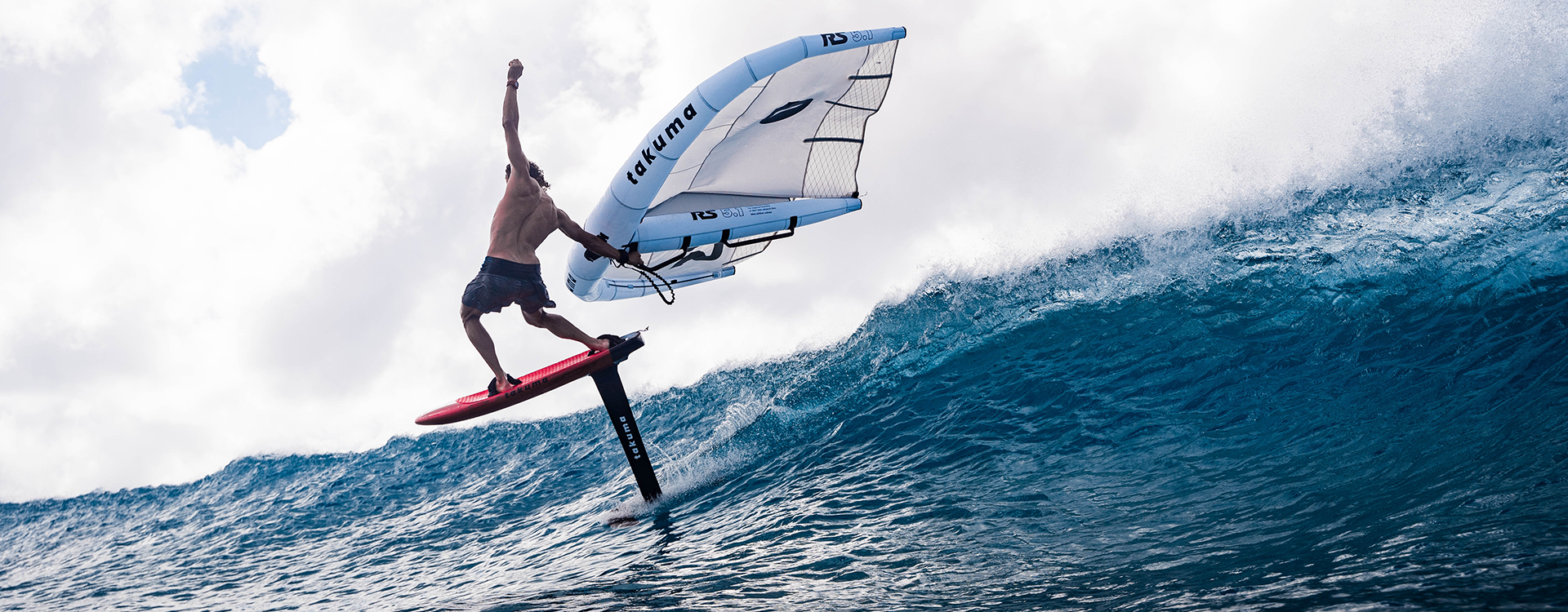
Foot straps or no foot straps? And if I use foot straps how many? How should I position them? Are they really necessary? These are some of the questions we are going to try to answer today.
If you are completely new to foiling you might not be aware that there are multiple possibilities of riding on your foil board. Depending on the type of foil you practice, your foot strap position can change greatly, since there is a big difference in riding big waves, catching some wake, pumping downwind or flying with a wing through the air.
Apart from the conditions you ride in, there also can be a difference depending on your riding skills. So let’s look into it.
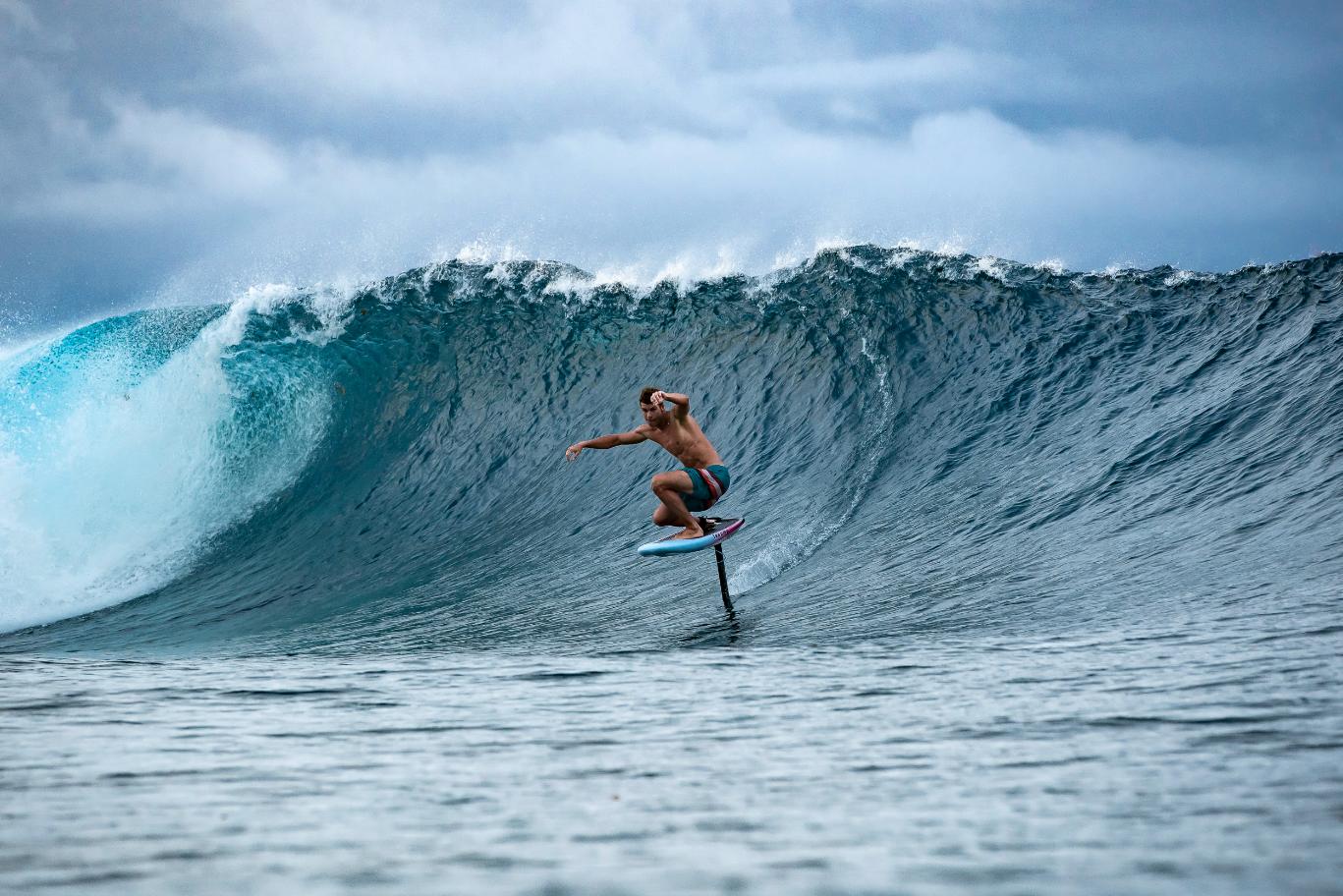
No foot straps
Foiling without foot straps is a very popular choice nowadays, for two reasons; First of all if you are a beginner you need time and space on your board, so you can get a grasp of where and how you feel the most comfortable placing your feet on your board.
However, not only beginners like to foil without foot straps. It can be challenging to find the perfect foot strap position and since the main goal of foiling is to find balance and be able to glide effortlessly, you may want to adjust your foot position quickly, which is much easier to do without foot straps.
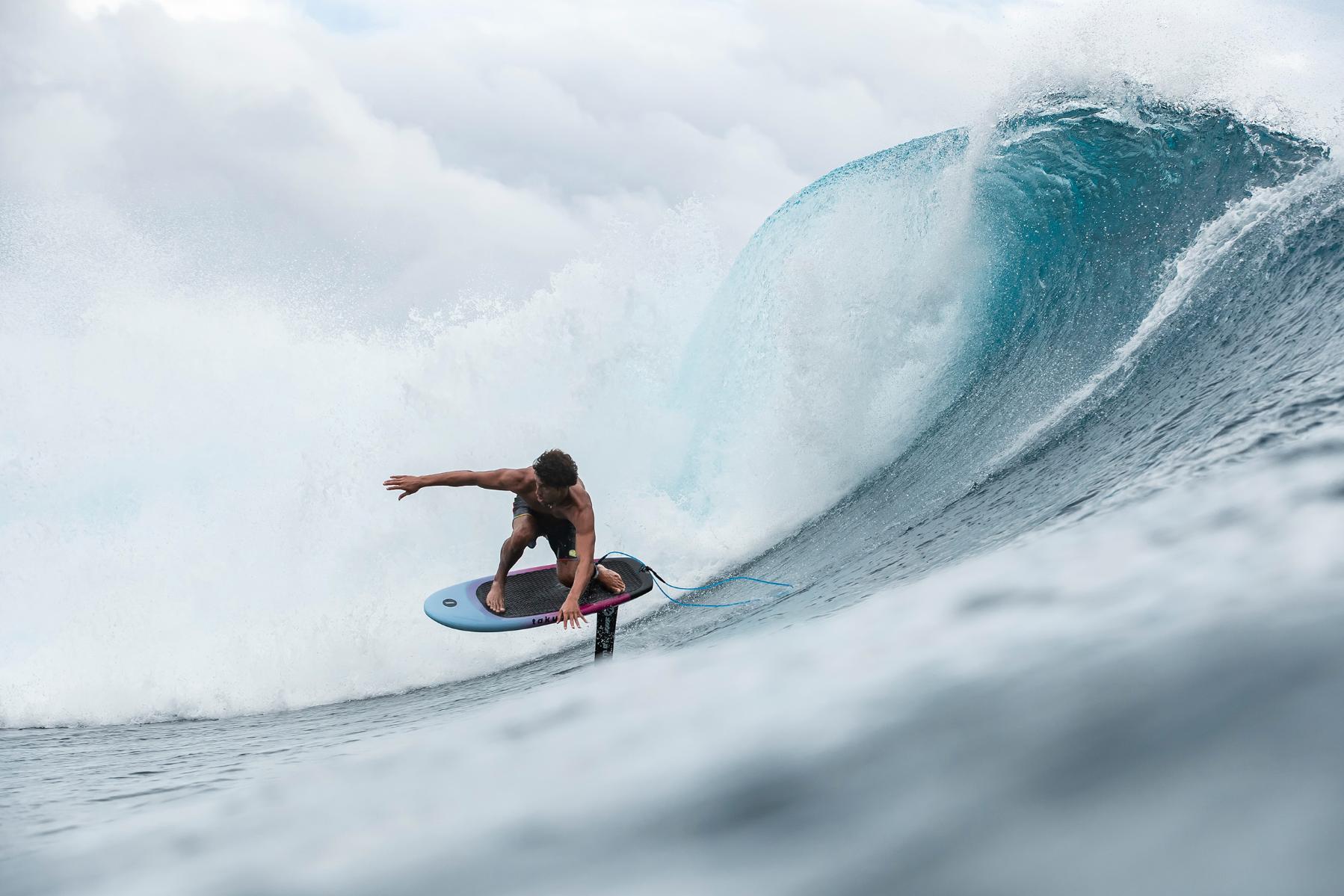
1 foot strap
A lot of wing foilers and SUP foilers are using the front foot strap only to be able to take off faster, as they use the foot strap to pull the board up and out of the water.
An additional benefit is that for many athletes 1 foot strap gives them the feeling of better control of the board. If you want to explore the possibility of using a foot strap we recommend you start with one. The front one.
However, which one should you use? The straight foot strap in the center, positioned diagonally or a V strap?
For now we can say there is a trend among intermediate wing foilers and freeriders to use a V strap in the front, which means once you turn (jibe or tack) you will have to switch your feet.
Another popular option especially among riders with a kitesurf and/or wake board background is to use only one straight strap at the front. While riding they will keep the same back foot going port and starboard (left or right), which results in one direction facing the wing and the other direction they will be “twisted”, also called “Fakie”, “Switch” or “Toe side”.
When placing your single or V strap you need to make sure your strap is well placed, since you won’t have much freedom to move your foot, while riding. As a rule of thumb it is better to place your foot straps further in the front than too much in the back, the reason being that you need a strong front foot while foiling, to be able to balance the lift well.
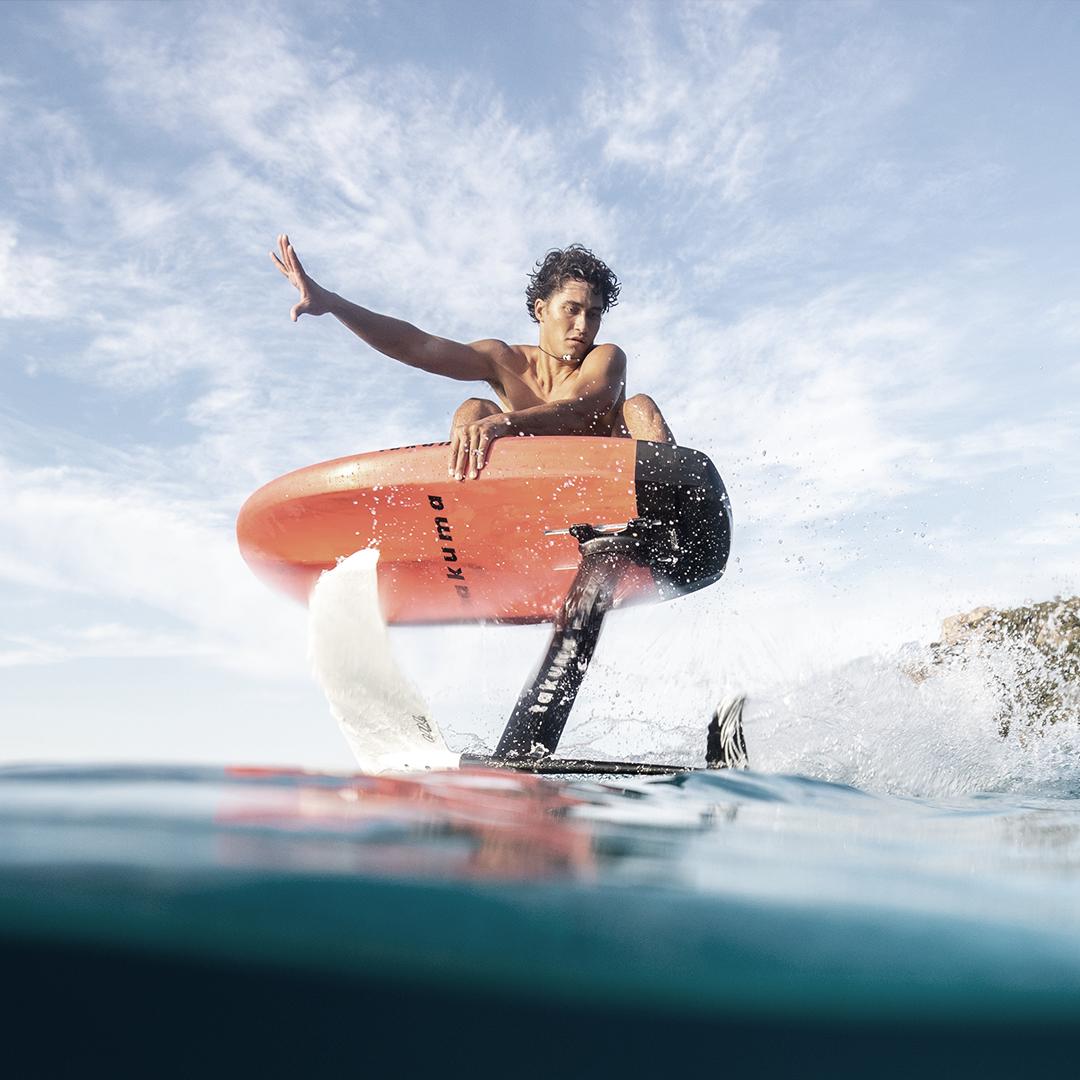
If you are not quite sure yet, where your ideal position is, it can be very helpful to fix the foot strap at a wider range (not too tight). This way you have a little freedom to adjust your pressure and foot inside the strap. Although it may not seem as much wiggle room, 1cm adjustments to the front or to the back can make a great difference, while foiling. So, keeping wide foot straps can be the key to having a good and fun session.
2 foot straps
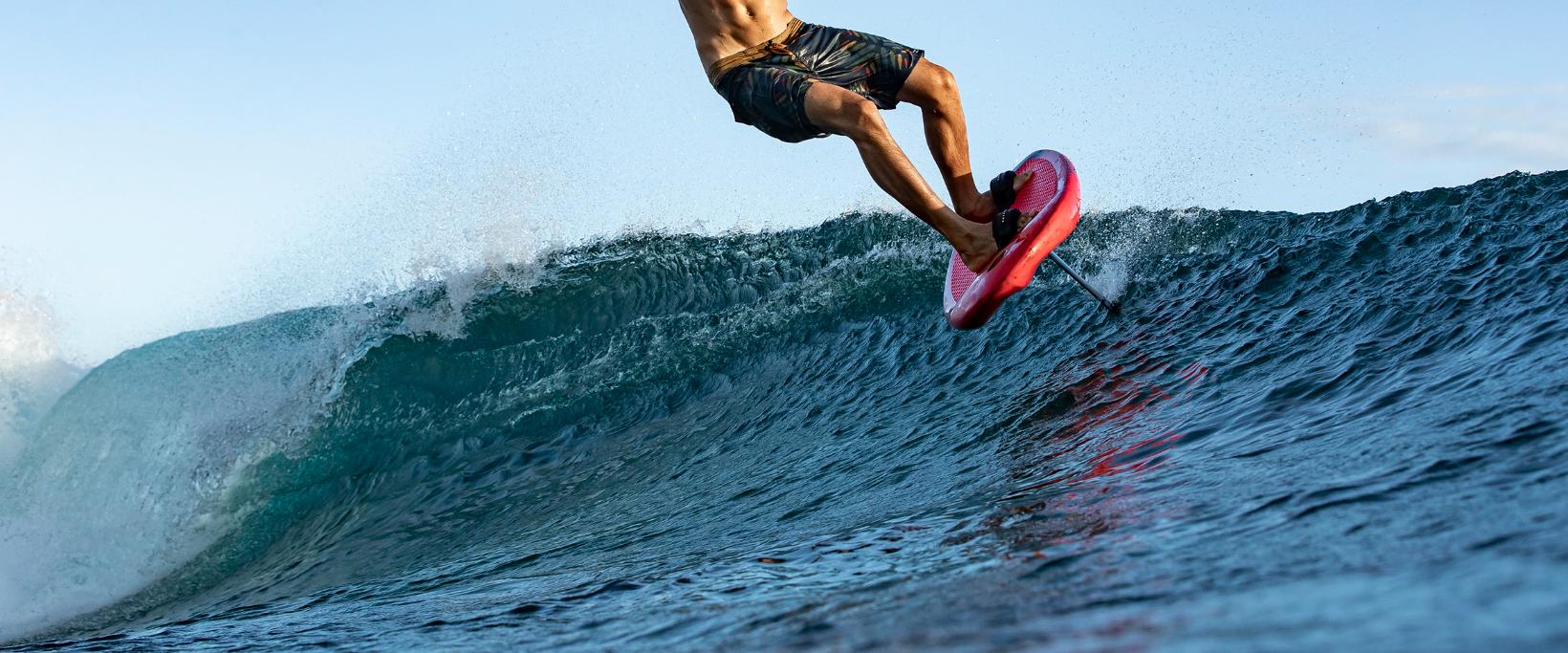
Foiling with 2 Straps is perfect for wing foilers, who don’t switch feet while riding, as mentioned before they ride “switch foot” or “switch side”. In general it takes more time to adjust well and get used to riding with 1 front and 1 back foot strap.
The back leg works like an extension of the mast and therefore as a stabilizer, however, the main pressure is on the front foot.
*More info about how to choose the right mast and foil here.
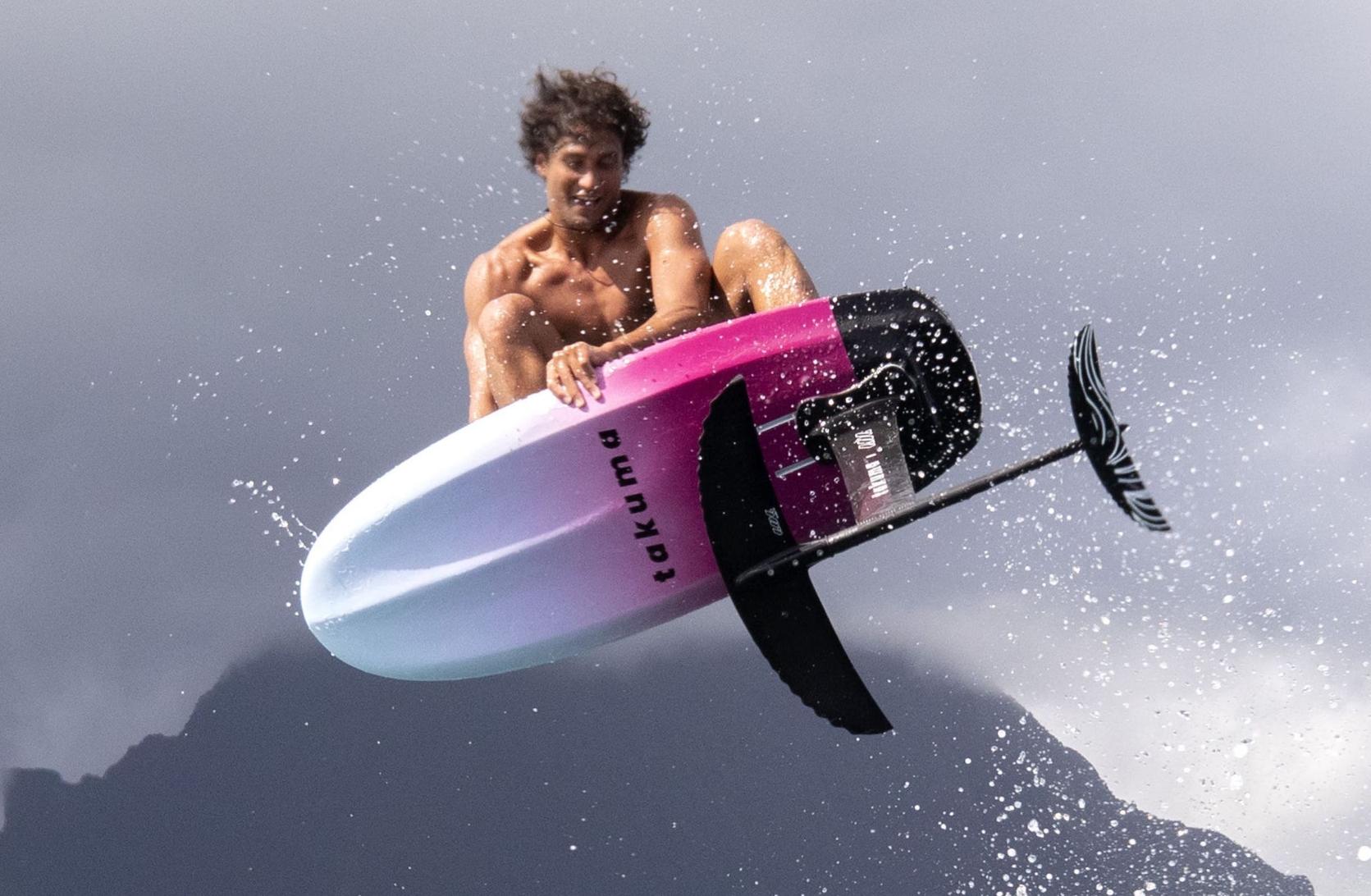
This way of riding is great, if you are doing short runs and want to have some fun turning and carving. Riders also often choose this position for jumps, since with 2 foot straps you tend to be positioned in the middle of the board, which facilitates the jump and the control of the board when you are in the air. However, it's not the best option in case you want to go upwind in “switch foot”.
3 foot straps
Riding with 3 foot straps is a popular option for the riders who want to be efficient on both sides, go fast and do some good upwind riding! In general we can say that riders that come from windsurfing often go for this option.
Summary
Keep in mind that this is a general recommendation and not a rule. The important thing is that you find your ideal position, that allows you to enjoy your sessions and progress.
Beginner:
Start riding without foot straps to find out where your ideal position on the board is.
Intermediate wingfoiler:
Some appreciate the freedom of riding without foot straps and moving on the board freely, others will feel more control with 1 foot strap. If you opt for a single strap or a V strap is up to your preference.
Advanced wingfoiler:
Most advanced wing foil riders will use 1 front or a V front strap and one back foot strap.
Prone foiler:
The majority of prone foilers don’t use foot straps except in the case of being towed into a wave.
SUP foiler:
There are those who ride without foot straps and those who ride with. The majority is using 1 front foot strap, in a slightly diagonal position to allow for an engaging and balanced ride.
Downwind foiler:
There are 2 different types of downwind foilers. The first one’s get towed in by a jet ski, in which case you can often see them with a front and a back strap, to guarantee a more stable stance. The second type are usually foilers that are equipped with a paddle (SUP foiling) or prone foilers who both don’t usually don’t use straps.
Related posts
-
 On an expedition to visit the humpback whales
Posted in: EFOIL07/26/20211946 viewsDiscover
On an expedition to visit the humpback whales
Posted in: EFOIL07/26/20211946 viewsDiscover -
 Wingfoiling Teahupoo
Posted in: EFOIL07/02/20212082 viewsDiscover
Wingfoiling Teahupoo
Posted in: EFOIL07/02/20212082 viewsDiscover -
 Aimee Fuller on the Thames
Posted in: EFOIL06/29/20211708 viewsDiscover
Aimee Fuller on the Thames
Posted in: EFOIL06/29/20211708 viewsDiscover -
 Behind the scenes of Tahiti
Posted in: EFOIL06/11/20212258 viewsDiscover
Behind the scenes of Tahiti
Posted in: EFOIL06/11/20212258 viewsDiscover -
 Versatile, stable and easy to handle
Posted in: EFOIL05/31/20211805 viewsDiscover
Versatile, stable and easy to handle
Posted in: EFOIL05/31/20211805 viewsDiscover



